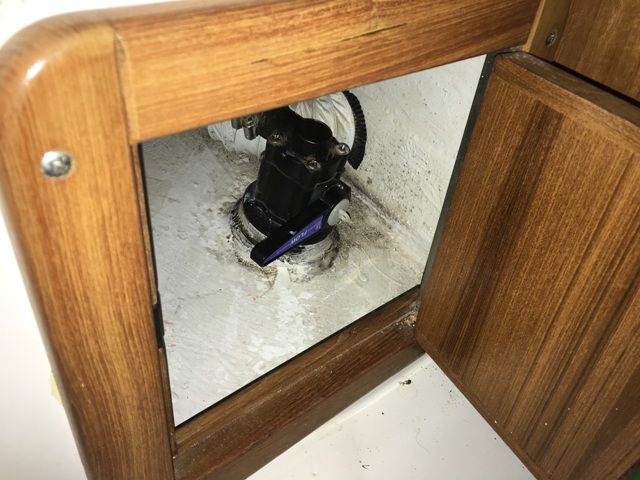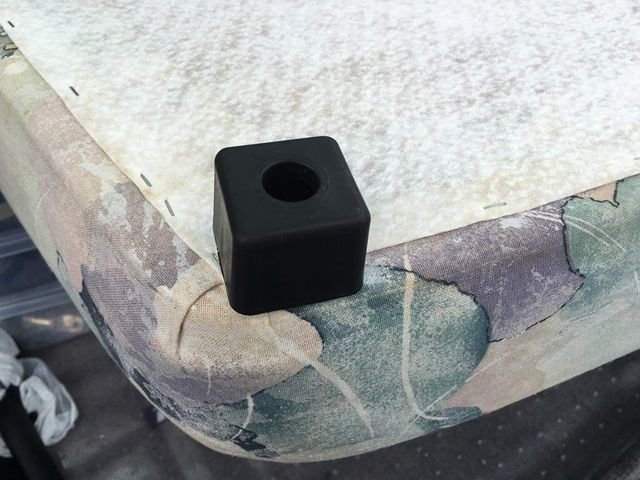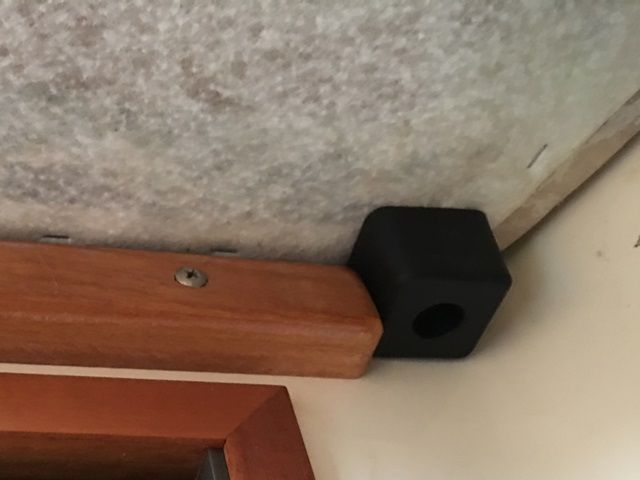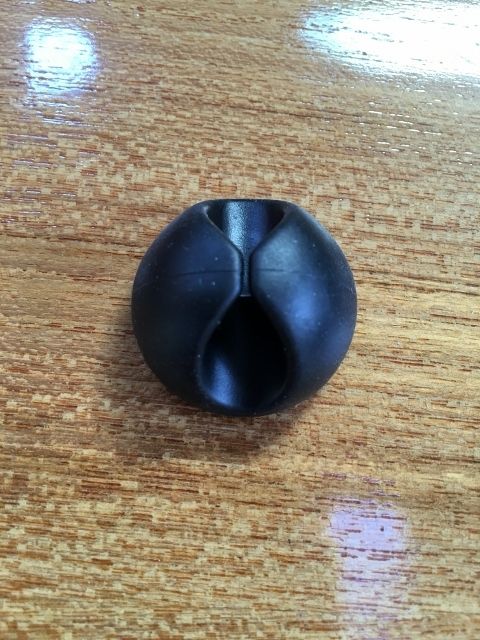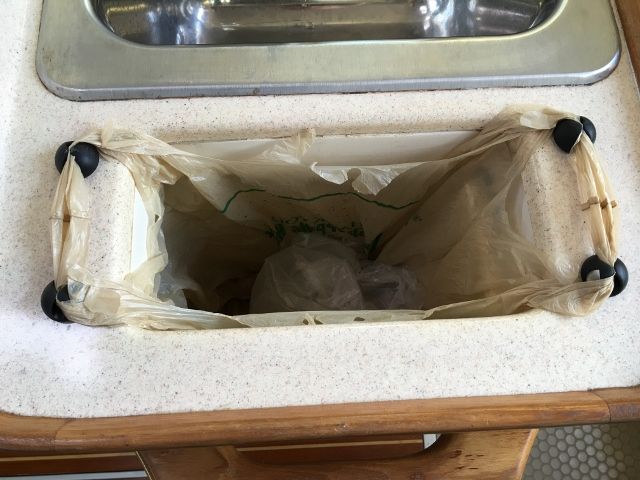Here's my easy way of de-tensioning and re-tensioning the alternator belt for adjusting the alternator position (i.e., increasing the belt tension). It works great for my M35B with original 50 amp alternator. Not sure about other motors or other alternators:
Loosen bolts attaching pulley to coolant pump. Remove the one furthest away from the belt, if needed. The pulley pivots, fully de-tensioning the belt. Then you can loosen the alternator bolt and easily nudge it out 1/4"-1/2", and re-tighten everything to re-tension it. If the resulting tension is too much or too little, repeat and re-adjust. It's really quick and requires no special tools:
Loosen bolts attaching pulley to coolant pump. Remove the one furthest away from the belt, if needed. The pulley pivots, fully de-tensioning the belt. Then you can loosen the alternator bolt and easily nudge it out 1/4"-1/2", and re-tighten everything to re-tension it. If the resulting tension is too much or too little, repeat and re-adjust. It's really quick and requires no special tools:


